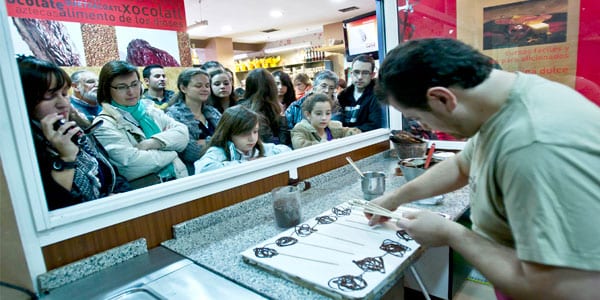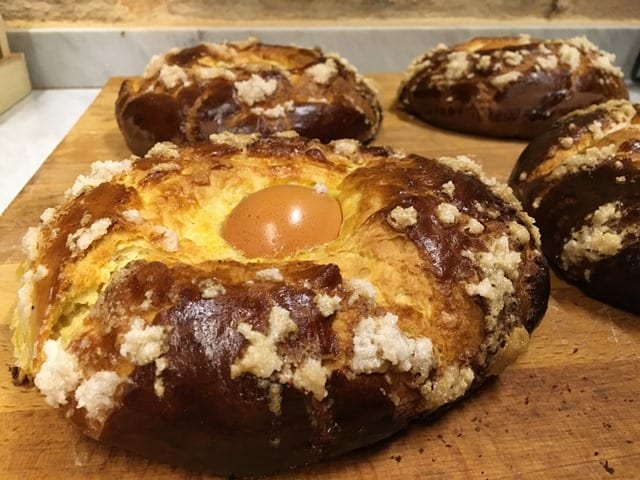Write: Monica Uriel. Journalist
The first place of Europe where was it taken chocolate liquid was Zaragoza, specifically in the Stone Monastery. Thanks to a Cistercian monk, Fray Jeronimo de Aguilar, who had accompanied Hernán Cortés on his Mexican trip. He sent some cocoa beans and the recipe to cook them to the abbot of the monastery.
It was the year 1534 and it was a great success, so much so that the Cistercian monasteries began from then on to elaborate chocolate. This is how the long chocolate tradition of Aragon, where, in addition to visiting the museum of chocolate that houses the Stone Monastery and that also preserves its kitchen, you can visit pastry shops and confectioneries in Zaragoza that offer original and varied products with chocolate.
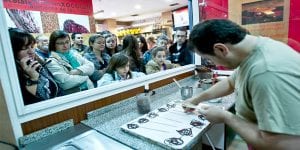
The history of chocolate, a journey in culture
El chocolate tour, two hours long and which organizes Tourism of Zaragoza, starts at Merchants Market. It was inaugurated seven years after the first liquid chocolate was taken. Going through the chocolate shop cuisine Fame, in the old town, you get to the museum Paul Gargallo.
There, in addition to knowing the history of chocolate in the Pre-Columbian America, the 'Gargallo delights' are tasted. They are made by pastry chefs in the city inspired by the artist's work.
At the next stop, there is the Valor chocolate shop. The instrumental, the chocolate maker and the mancerina, the latter invented by the viceroy of Peru. Here you savor chocolate to the cup.
This way you get to the oldest pastry shop in Saragossa, Fantoba. It opened its doors in 1856 and is the only one that makes handmade Aragon fruits covered with chocolate. They also make maraschino sour cherries, candied cherries bathed in maraschino liqueur and chocolate.
In the bakery The Mallorquines you learn how to do the chocolate -it needs to be moved a lot-. Since the cocoa is taken from the plant, they have recovered the Aragonese Mudejar flavors and elaborate the 'mudejaricos'. A liquor-bathed drunk cake topped with a chocolate.
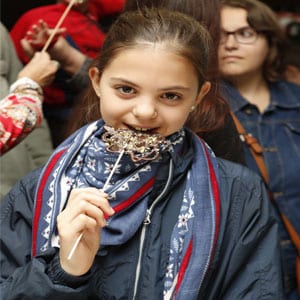
Chocolate, fun and nutrition
Capricho Chocolates It is the last stop on the tour. Here the visitor witnesses how Luis Paracuellos, master chocolatier, does chocolate lollipops. He makes them with a kind of paper cone to which they are added toppings particular of the earth. How are the scales of salt the Ebro or borage jelly beans. Native product of Aragon.
El chocolate, we are reminded during the visit, it is a food very nutritious, rich in vitamins and minerals. Regulates cholesterol and heartbeat, and something important, the black It is the least fattening, because it contains less sugar.
Very close to this chocolate shop is The tube. It began to be frequented by the military for its squid sandwiches and potato omelettes.
Now it is converted into a very visited tapas area where you can taste local dishes. Like the skeins, based on offal.
From The tube access to the recently opened gastronomic market Cinegia Gate. A space with several places with different food menus to choose from.
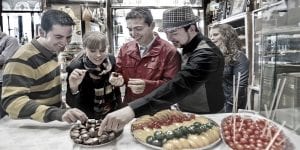
Cultural and architectural history of Zaragoza
In addition to the two cathedrals it has Zaragoza, El Pilar and La Seo, it is highly recommended to visit the Aljaferia Palace. Built in the XNUMXth century, it is the one that best tells the history of the city, reflecting the splendor of the kingdom Taifa.
Residence of the Catholic kings, a prison in the 70th century and a military barracks from the XNUMXth century to the XNUMXs. It currently houses the Parliament of Aragon and it is a world heritage site for its Mudejar art.
Less known is the Charterhouse Classroom Dei, located 20 kilometers from the center, from the 2011th century. One of the largest charterhouses in the world. It housed monks until XNUMX and in which you can see some frescoes of Francisco de Goya that embody the prelude to his artistic maturity.
La charterhouse, which is reached between orchards, is surrounded by a wall that cuts off the world and noise outside the Carthusians. All this so that they could lead their life of recollection as required by one of the most demanding Catholic orders.
Unlike monasteries, the cells of the Carthusians are very large, 100 square meters. This charterhouse has 36 cells, which makes it one of the largest in the world as it is measured by number of cells. The Carthusians had another charterhouse in the Monegros. But due to its harsh climate they decided to build this other one.
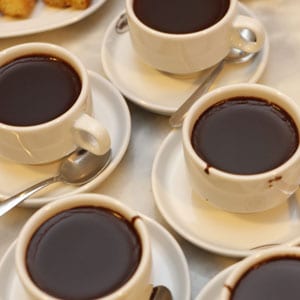
Goya and the Charterhouse
Here it came Goya, from Italy, through his brother-in-law, who was a Carthusian. Young and still unknown. He painted in the Carthusian monastery the quietest and most hidden life of Mary as a parallel to the silent existence of the Carthusians. It was not known that the frescoes were from Goya until the painter's Italian notebooks were discovered. There the sketches in which there were these paintings were found, and thanks to the fact that his self-portrait appears in one of the frescoes.
In total he painted eleven frescoes on the wall, of which seven are today restored. For the restoration work they had to request a special permit from the Carthusians in order to allow access for women. When the monks lived here, visitors entered through a tunnel that led directly to the church to view the frescoes.
French liquor is sold in the cartuja shop Chartreuse, from the Carthusian monastery of the Large Chartreuse, whose recipe remains a secret and is known only to two monks who pass it down from generation to generation.


